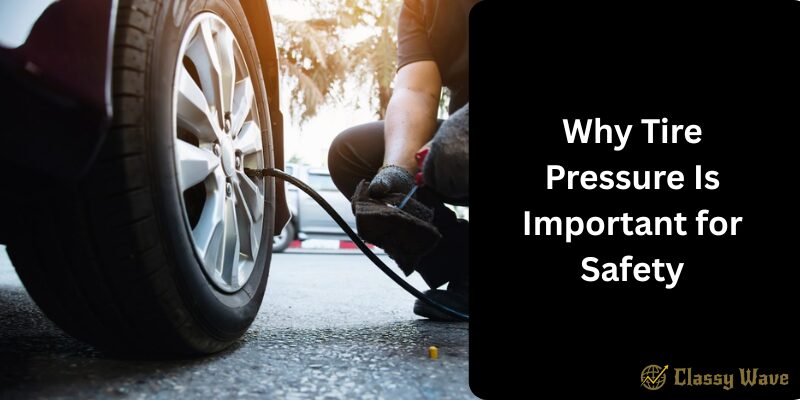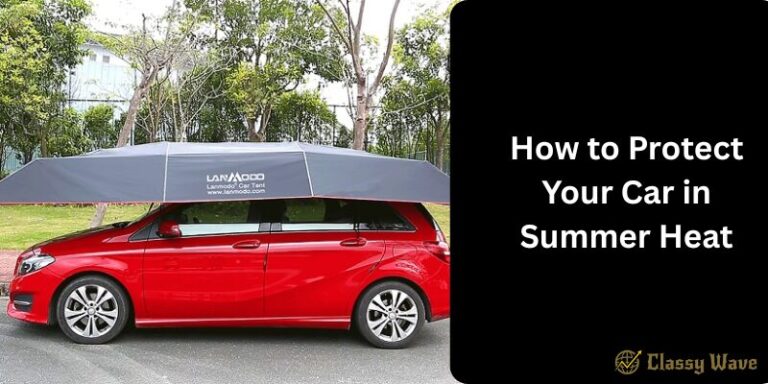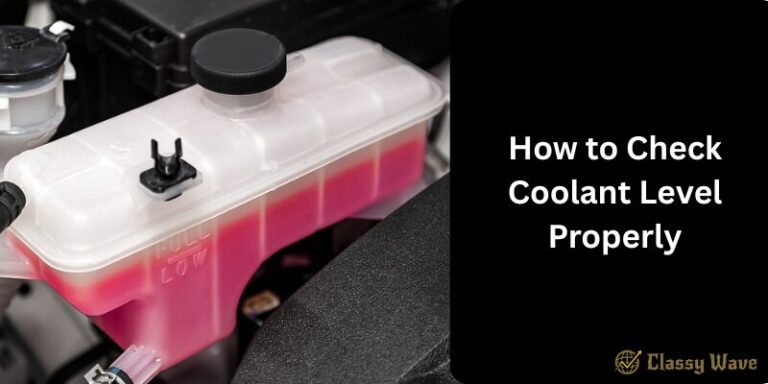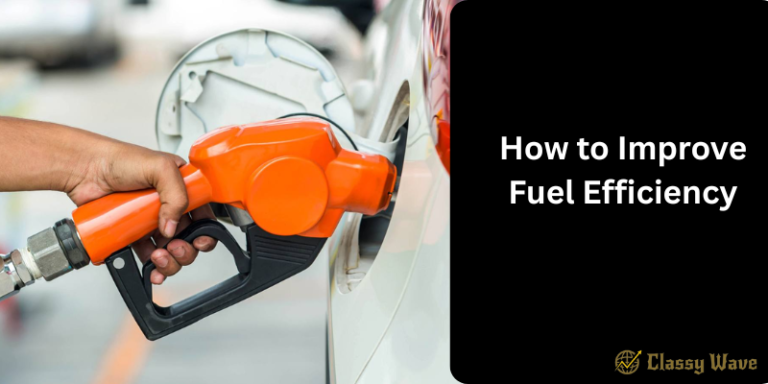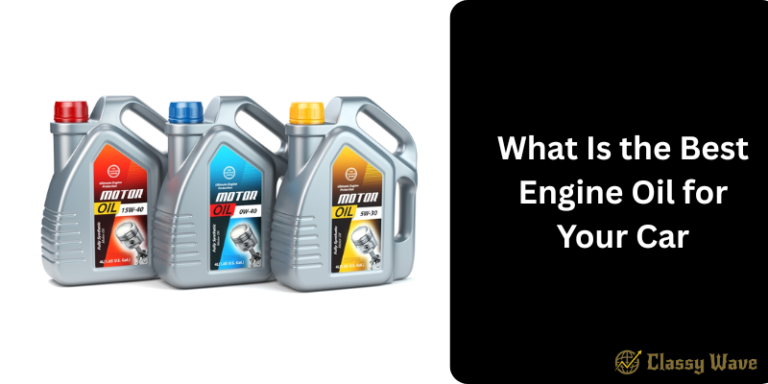Why Tire Pressure Is Important for Safety | Classy Wave
Maintaining the correct tire pressure is one of the simplest yet most important ways to ensure your safety on the road. Many drivers often overlook this small detail, not realizing that improper tire pressure can lead to serious issues like poor handling, reduced fuel efficiency, and even tire blowouts. Let’s dive into why tire pressure matters so much and how you can keep it in check.
What Is Tire Pressure?
Tire pressure refers to the amount of air inside your car’s tires, measured in pounds per square inch (PSI). Every vehicle has a recommended tire pressure level, which you can usually find in the owner’s manual or on a sticker inside the driver’s side door.
The Role of Tire Pressure in Vehicle Safety
Proper tire pressure affects how your vehicle performs on the road. From braking to cornering and fuel economy, the right tire pressure ensures everything works smoothly. If your tires are either overinflated or underinflated, it can compromise your control over the vehicle, especially in emergencies.
1. Better Traction and Handling
Tires with the correct pressure maintain optimal contact with the road surface. This helps your car grip the road better, improving handling and reducing the chances of skidding—especially in wet or slippery conditions.
2. Shorter Braking Distance
When tire pressure is too low, your tires don’t distribute weight evenly, leading to longer braking distances. This can make it harder to stop quickly in sudden situations, increasing the risk of accidents.
3. Prevents Tire Blowouts
Underinflated tires generate more heat due to increased friction, while overinflated ones are more prone to bursting from excess pressure. A tire blowout at high speeds can be dangerous, causing drivers to lose control of the vehicle.
Fuel Efficiency and Tire Pressure
Did you know that proper tire pressure can also save you money on fuel? Underinflated tires require more effort from your engine to move, leading to increased fuel consumption. Maintaining the recommended PSI can improve your fuel efficiency by up to 3%, which adds up over time.
Tire Longevity and Maintenance
Tires that are inflated properly wear out evenly, meaning they’ll last longer. On the other hand, underinflated tires tend to wear on the edges, while overinflated ones wear out in the center. Keeping your tire pressure balanced can help you avoid premature replacements and costly repairs.
How to Check Tire Pressure
Checking your tire pressure is quick and easy—all you need is a tire pressure gauge.
Here’s how you can do it:
- Find your car’s recommended tire pressure.
- Remove the valve cap from your tire.
- Press the gauge onto the valve stem and note the PSI reading.
- Compare it with the recommended level.
- Add or release air as needed.
It’s best to check your tire pressure once a month or before long trips, especially during weather changes, as temperature affects air pressure.
Effects of Incorrect Tire Pressure
Underinflated Tires
- Decreased fuel efficiency
- Poor handling
- Increased tire wear
- Higher risk of blowouts
Overinflated Tires
- Reduced traction
- Bumpy rides
- Uneven tire wear
- Increased risk of tire damage
The Impact of Weather on Tire Pressure
Temperature fluctuations can affect tire pressure significantly. For every 10°F (6°C) drop in temperature, tire pressure can decrease by about 1 PSI. That’s why it’s important to check tire pressure more frequently during colder months.
Modern Solutions: Tire Pressure Monitoring Systems (TPMS)
Most modern vehicles come equipped with a Tire Pressure Monitoring System (TPMS) that alerts you when tire pressure drops below a safe level. However, it’s still essential to manually check your tires, as TPMS may not always detect gradual leaks.
Safety Tips for Maintaining Tire Pressure
- Check tire pressure when tires are cold.
- Use a reliable digital or analog gauge.
- Don’t forget the spare tire.
- Recheck pressure after long drives or heavy loads.
- Schedule regular tire inspections with a professional.
Common Myths About Tire Pressure
Myth 1: The Pressure Listed on the Tire Sidewall Is the Correct One
Wrong! That number shows the maximum pressure, not the recommended one. Always follow the manufacturer’s specifications.
Myth 2: You Don’t Need to Check Tire Pressure if You Have TPMS
TPMS is helpful but not foolproof. Manual checks are still necessary.
Myth 3: A Slightly Overinflated Tire Saves Fuel
While overinflated tires may reduce rolling resistance, they also reduce traction and comfort, making driving unsafe.
When to Replace Tires
Even with proper pressure, tires have a lifespan. Check the tread depth and look for cracks or bulges. Replace your tires if the tread depth is less than 2/32 of an inch or if they’re older than six years.
Conclusion
Maintaining the right tire pressure is not just about extending tire life or saving fuel—it’s about safety. A few minutes spent checking your tire pressure can prevent accidents, reduce repair costs, and give you a smoother, more reliable driving experience. Remember, your tires are the only thing connecting your car to the road—keep them in top shape.

